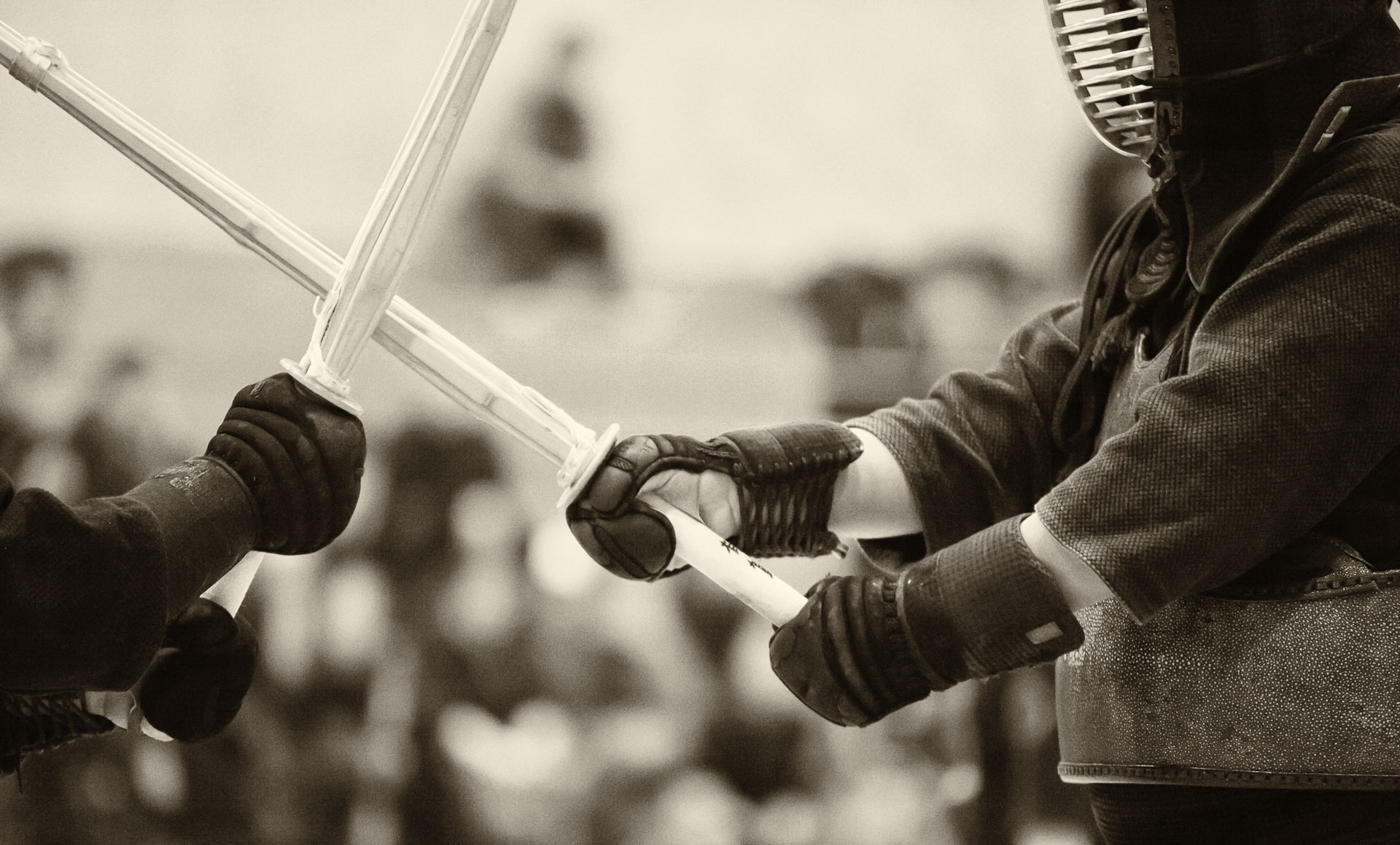
When my daughter decided to help baking pancakes on a Saturday morning, I could not resist taking a few snapshots of the process. Something in the very fact of her wanting to help to the best of her ability as a three-year-old (even if it actually creates more work at this age) resonates deeply with me, and I always want to capture the moment and the feeling.
I happened to have a borrowed Canon EF 85mm f1.2L II USM lens that day, so I used it to shoot the portraits of my daughter and wife in our kitchen using natural light from a skylight located directly above them. I shot wide open, at f/1.2, which gives such a shallow depth of field, that the typical kitchen clutter in the background is not very distracting. The wide aperture also lets in a lot of light, which allows the ISO (and therefore, noise) remain relatively low.
The inherent challenge of shooting at f/1.2 is getting acceptable sharpness for both people in the shot. The depth of field is so shallow that if I focus on the closest eye of one person, for example, even other parts of the face of the same person are out of focus, not to mention the other subject(s). As my daughter was busy stirring the batter, I asked my wife to try to move as closely as possible to her and then positioned the camera so that both their faces would be approximately the same distance from it.
Despite being tricky to work with, I think the 85mm f1.2L is the best lens for natural light portraits. It is a bit difficult to define what makes this lens so remarkable, but I think it is the combination of sharpness, bokeh and low noise that makes the images taken with it stand out.




















